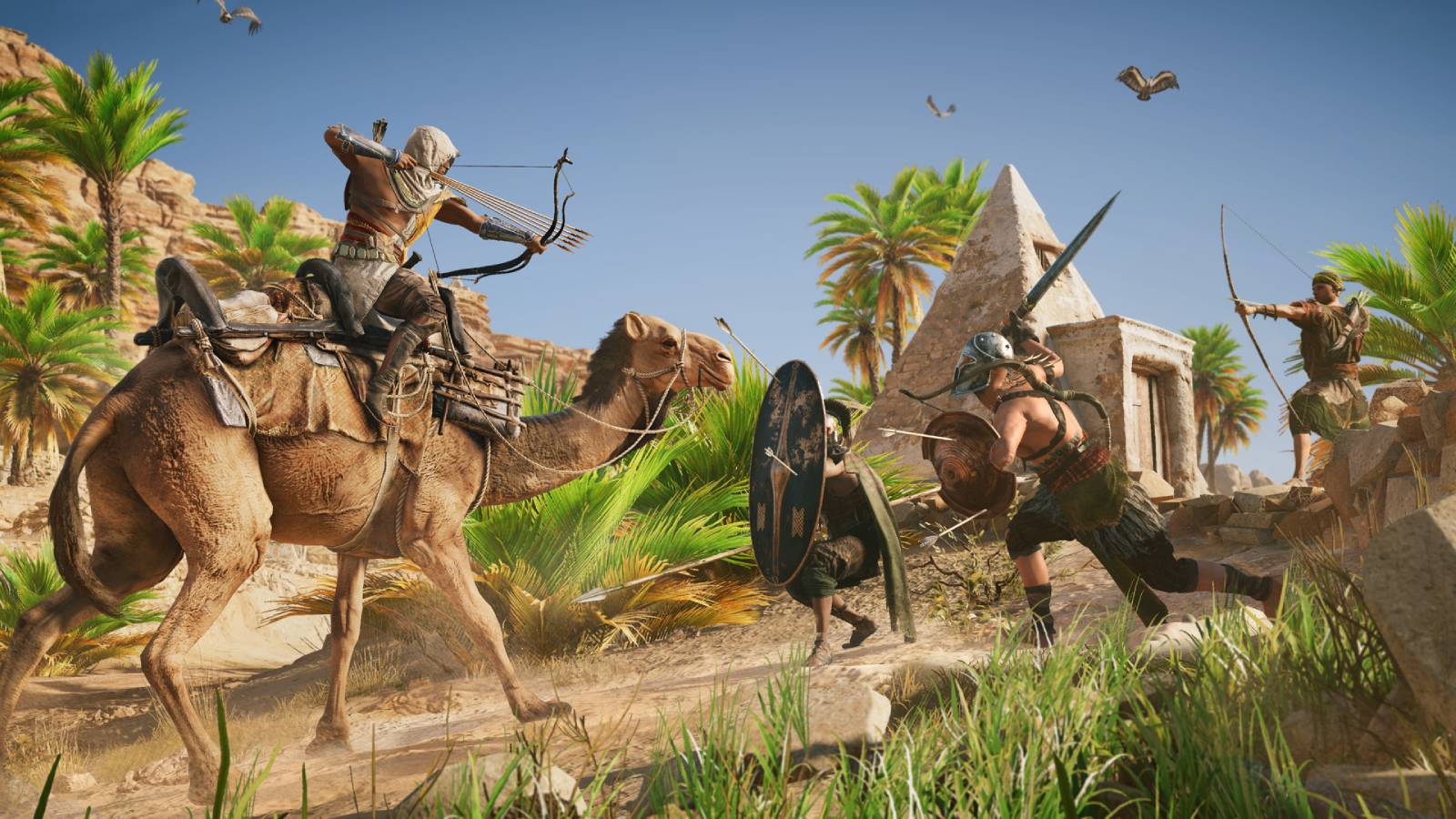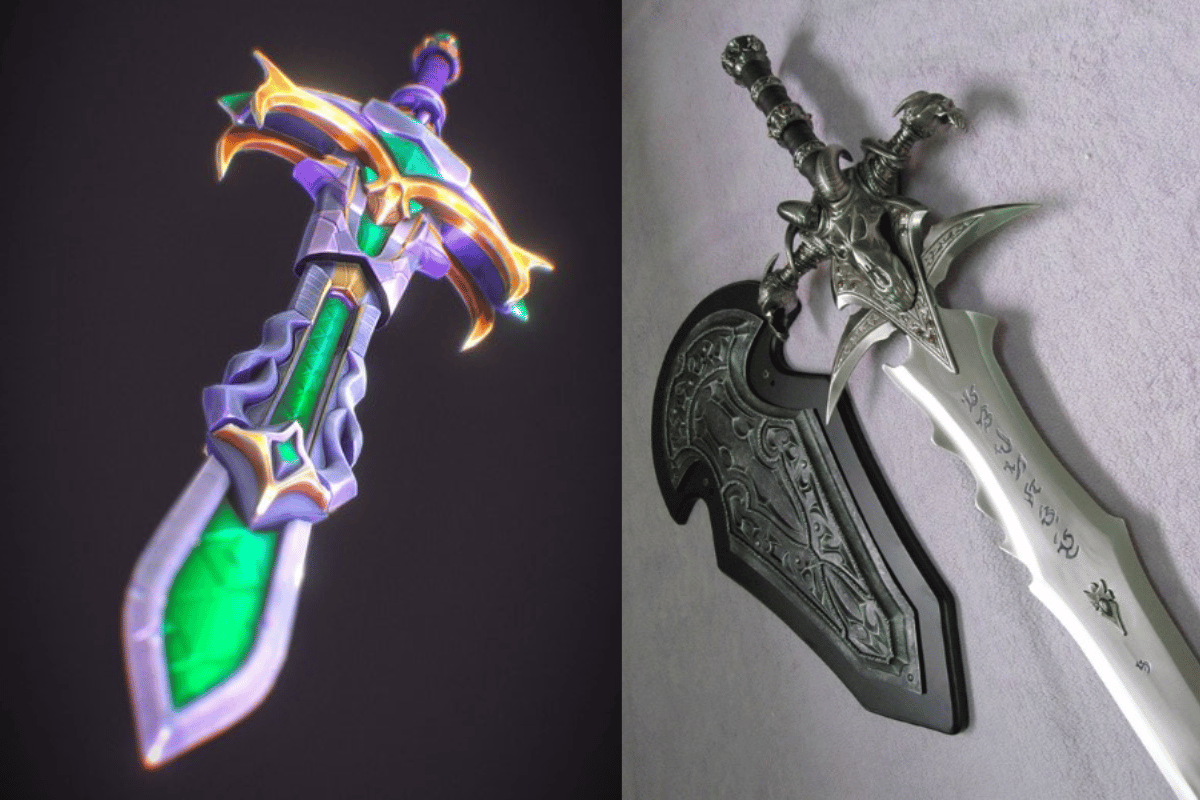Introduction

Game graphics have evolved dramatically over the past decades, transitioning from the simplicity of pixel art to the intricacy of photorealistic visuals, and this evolution has had profound effects on social play and community aesthetics[1]. In early games, the character and environmental designs were defined by severe technological constraints, yet these limitations fostered creative workarounds and established visual styles that now serve as a nostalgic foundation for many communities[6].
Evolution of Game Graphics and Artistic Approaches
In the early stages of gaming, developers relied on pixel art due to hardware limitations, using small dots to craft characters, backgrounds, and interactive elements, which over time developed into an aesthetic adored by many and still celebrated in indie games today[1]. As hardware improved and software tools matured, game art expanded into multidimensional environments with 3D models and realistic lighting techniques. Modern titles now showcase a range of styles from hyper-realistic textures that mimic real materials to highly stylized, imaginative art that prioritizes expression and creative exaggeration[2].
Hardware Constraints and Their Creative Impact
During the early decades, hardware constraints greatly dictated the visual possibilities in gaming. Limited memory and processing power meant that every pixel had to be carefully managed; for instance, early consoles like the Magnavox Odyssey and Atari 2600 required developers to build graphics line by line and even use overlays to simulate richer visuals[5]. These constraints, although challenging, pushed developers toward creative programming techniques that defined the visual language of early video games and represent an important part of gaming history that still influences artistic choices and retro-inspired aesthetics today[5].
Comparative Analysis of Art Styles

Modern game art is characterized by a spectrum of styles ranging from photorealism to stylized graphics, each with its own merits and implications for player experience. Realistic art strives to recreate the intricacies of the real world by using advanced techniques such as photogrammetry and physically based rendering to simulate natural lighting and textures, as seen in titles like Red Dead Redemption 2 and The Last of Us Part II[2]. In contrast, stylized art simplifies and exaggerates visual elements to create a unique identity that is not only memorable but also often ages better over time; games such as Fortnite and Cuphead employ these techniques to evoke emotion and cultural resonance within their communities[2].
Effects on Player Expression and Community Aesthetics

The evolution of game graphics has significant implications for how players express themselves and form communities around shared aesthetics. Enhanced visual detail in modern games amplifies emotional connections by creating immersive atmospheres where players can explore rich narratives and intricate worlds[3]. Art direction plays a core role in shaping social play, as clear visual cues and thoughtful design can guide player behavior and interaction. For example, detailed character design and environmental storytelling contribute to a sense of identity and community that can extend beyond the game itself, influencing fan art, cosplay, and online discussion groups[10].
The Role of Technological Breakthroughs and Artistic Flexibility
Advancements in hardware such as faster processors and real-time rendering engines have enabled developers to construct more dynamic and interactive environments. Tools like Blender, Maya, and advanced game engines have broadened the scope of what is artistically possible, allowing for greater flexibility in blending artistic vision with functional gameplay mechanics[1]. At the same time, the choice of art style—whether highly realistic or deliberately stylized—often reflects narrative goals and influences how players emotionally connect with the game, thereby affecting the collective aesthetic of a gaming community[7].
Balancing Creativity and Technical Realities
Game artists face the continuous challenge of balancing creative expression with technical limitations. In early video games, the scarcity of computational resources led developers to use clever artistic techniques, such as dithering and sprite overlays, to overcome hardware restrictions and still deliver compelling visual experiences[5]. Today, while the technical constraints have relaxed considerably, the legacy of these early methods persists in the form of retro-inspired aesthetics and an appreciation for minimalistic, expressive art, which has its own social appeal among gamers who seek both nostalgia and innovative design[1].
Conclusion
The journey from primitive pixel art to photorealism underscores the interplay between technological progress and artistic experimentation, where each breakthrough has redefined how games look, feel, and are experienced socially. Hardware constraints once imposed strict limitations that spurred ingenious visual solutions, while modern advancements enable expansive, lifelike worlds that immerse players in unprecedented ways. As gamers continue to express their creativity through in-game customization, fan art, and community discourse, the art styles of video games remain a crucial element in shaping both individual identity and shared cultural values within the gaming community[10].
Get more accurate answers with Super Pandi, upload files, personalized discovery feed, save searches and contribute to the PandiPedia.
Let's look at alternatives:
- Modify the query.
- Start a new thread.
- Remove sources (if manually added).



